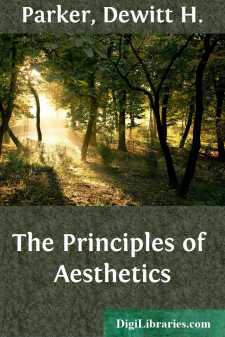Categories
- Antiques & Collectibles 13
- Architecture 36
- Art 48
- Bibles 22
- Biography & Autobiography 813
- Body, Mind & Spirit 142
- Business & Economics 28
- Children's Books 17
- Children's Fiction 14
- Computers 4
- Cooking 94
- Crafts & Hobbies 4
- Drama 346
- Education 46
- Family & Relationships 57
- Fiction 11829
- Games 19
- Gardening 17
- Health & Fitness 34
- History 1377
- House & Home 1
- Humor 147
- Juvenile Fiction 1873
- Juvenile Nonfiction 202
- Language Arts & Disciplines 88
- Law 16
- Literary Collections 686
- Literary Criticism 179
- Mathematics 13
- Medical 41
- Music 40
- Nature 179
- Non-Classifiable 1768
- Performing Arts 7
- Periodicals 1453
- Philosophy 64
- Photography 2
- Poetry 896
- Political Science 203
- Psychology 42
- Reference 154
- Religion 513
- Science 126
- Self-Help 84
- Social Science 81
- Sports & Recreation 34
- Study Aids 3
- Technology & Engineering 59
- Transportation 23
- Travel 463
- True Crime 29
Our website is made possible by displaying online advertisements to our visitors.
Please consider supporting us by disabling your ad blocker.
The Principles of Aesthetics
by: Dewitt H. Parker
Description:
Excerpt
CHAPTER I
INTRODUCTION: PURPOSE AND METHOD
Although some feeling for beauty is perhaps universal among men, the same cannot be said of the understanding of beauty. The average man, who may exercise considerable taste in personal adornment, in the decoration of the home, or in the choice of poetry and painting, is at a loss when called upon to tell what art is or to explain why he calls one thing "beautiful" and another "ugly." Even the artist and the connoisseur, skilled to produce or accurate in judgment, are often wanting in clear and consistent ideas about their own works or appreciations. Here, as elsewhere, we meet the contrast between feeling and doing, on the one hand, and knowing, on the other. Just as practical men are frequently unable to describe or justify their most successful methods or undertakings, just as many people who astonish us with their fineness and freedom in the art of living are strangely wanting in clear thoughts about themselves and the life which they lead so admirably, so in the world of beauty, the men who do and appreciate are not always the ones who understand.
Very often, moreover, the artist and the art lover justify their inability to understand beauty on the ground that beauty is too subtle a thing for thought. How, they say, can one hope to distill into clear and stable ideas such a vaporous and fleeting matter as Aesthetic feeling? Such men are not only unable to think about beauty, but skeptical as to the possibility of doing so,—contented mystics, deeply feeling, but dumb.
However, there have always been artists and connoisseurs who have striven to reflect upon their appreciations and acts, unhappy until they have understood and justified what they were doing; and one meets with numerous art-loving people whose intellectual curiosity is rather quickened than put to sleep by just that element of elusiveness in beauty upon which the mystics dwell. Long acquaintance with any class of objects leads naturally to the formation of some definition or general idea of them, and the repeated performance of the same type of act impels to the search for a principle that can be communicated to other people in justification of what one is doing and in defense of the value which one attaches to it. Thoughtful people cannot long avoid trying to formulate the relation of their interest in beauty, which absorbs so much energy and devotion, to other human interests, to fix its place in the scheme of life. It would be surprising, therefore, if there had been no Shelleys or Sidneys to define the relation between poetry and science, or Tolstoys to speculate on the nature of all art; and we should wonder if we did not everywhere hear intelligent people discussing the relation of utility and goodness to beauty, or asking what makes a poem or a picture great.
Now the science of aesthetics is an attempt to do in a systematic way what thoughtful art lovers have thus always been doing haphazardly. It is an effort to obtain a clear general idea of beautiful objects, our judgments upon them, and the motives underlying the acts which create them,—to raise the aesthetic life, otherwise a matter of instinct and feeling, to the level of intelligence, of understanding....


